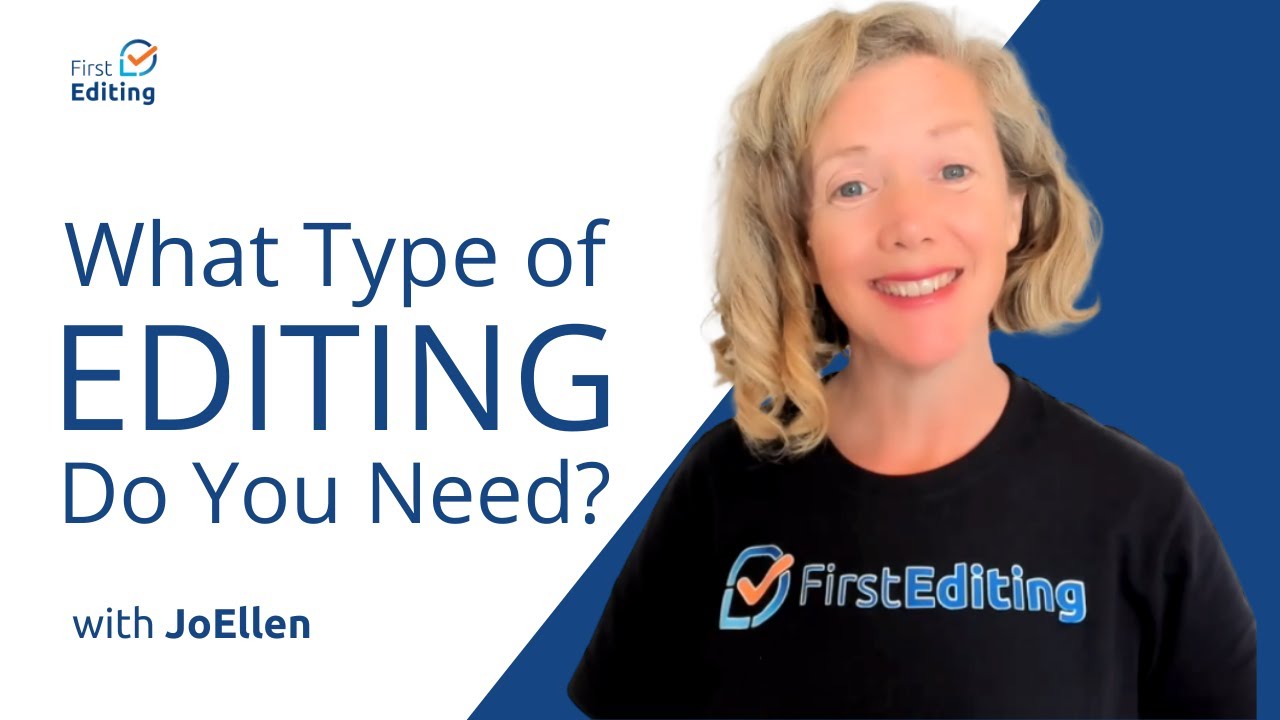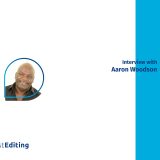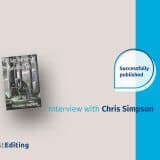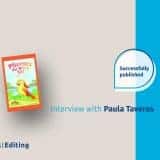
Summary: To the uninitiated, proofreading and copy editing may appear to be the same thing. But if the writer is the sausage-maker, and the editor is the packaging and cleanup crew, then the proofreader is quality control.
You’ve written your book, your thesis, your business document, or your web article. Now you need someone to go over it and make sure everything’s okay. You may be an experienced and confident writer who just wants someone to give it a once-over. Or maybe you’re just worried about punctuation, grammar, and spelling. Maybe your concerns go deeper, and you’re fretting about word usage and sentence construction.
You know what you need is an editor. Perhaps you seek the services of professional editors, such as the ones at FirstEditing.com. Then, there is the question: proofreading vs. copy editing, which do you want?
Good question. Here’s a quick primer:
A copy editor delves into your manuscript, document, or article. He or she is looking at your writing, how it works, what needs adjustment. It may be a simple technical edit, or it may be a more in-depth rewrite-type edit. The editor will automatically check for spelling, punctuation, verb tense, word usage, common grammar errors, and more. He or she may also rewrite some sentences to make them better, or query the author on things that seem unclear, such as plot holes or character inconsistencies.
Proofreading vs. Copy Editing: What’s the Difference?
After a thorough editing, a document usually needs proofreading. Professional editors do this automatically. They review the written material, making sure there was nothing they missed and that all their edits are accurate.
But even the most talented professional editor will occasionally miss something, and that’s where the proofreader comes in. In proofreading, versus copy editing, the proofreader will read over what was edited, making any fixes still left to be done.
But more than that, the proofreader will check other things. The way words break at the end of a line, for instance, or if the running heads at the top of a page match the name of the chapter or book.
With business writing, a proofreader will even check the masthead and other boilerplate items that may have been looked at hundreds of times, just to make sure they’re accurate.
So if you’re wondering, “Gee, proofreading vs. copy editing, what’s the difference?” sum it up like this: the writer is the sausage maker, putting everything he has into his work; the copy editor shapes and packages the sausage; and the proofreader is quality control, giving it the final once-over before it goes to the market.
Originally posted 10/2/2010 and happily updated 10/28/2017. Thanks for reading!










